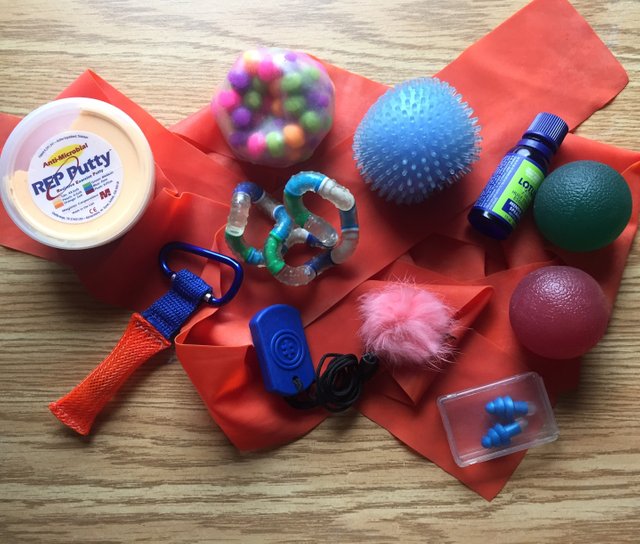Autis-tips: Stimming hands are happy hands
Greetings fellow autistics and autism allies,
In the following article, I shall describe only my own experience with sensory therapy and stimming. The reason behind this is that every person with ASD experiences it to a different level and can have different reactions to the same stimulation. Remember, when you’ve met a person with autism, you’ve met only one person with autism.
Sensory Therapy
I practice sensory therapy in different forms: sensory room, sensory play, active meditation, stims… It can be basically any sensory input or break with voluntary therapeutic effects. It satisfies my sensory cravings from under sensitive aspects, as well as being a controlled and progressive exposure to stimulations to which I can be over sensitive. It helps me self regulate and handle all kinds of overwhelming emotions. Sensory therapy is an important part of my daily routine.
Stimming
Stimming is derived from the noun stim, which refers to self stimulating behaviour. It can be flapping one’s hands, twisting a strand of hair, biting oneself, picking at one’s skin, clicking a pen, et cetera. Everyone stims, only people with sensory processing disorders do it more often, more intensely, and often in a much less subtle way. Some use what we call stim tools, or stim toys, as replacement behaviour for stims that are not ideal (such as biting oneself). Some also prefer stim tools simply because the sensation is more pleasant to them and works better for their needs.
Stimming helps me concentrate in class and it alleviates stress. Just like you turn down the radio in the car when looking for a street name or house number, I stim to shut down overwhelming stimulations and have a clearer mind.
